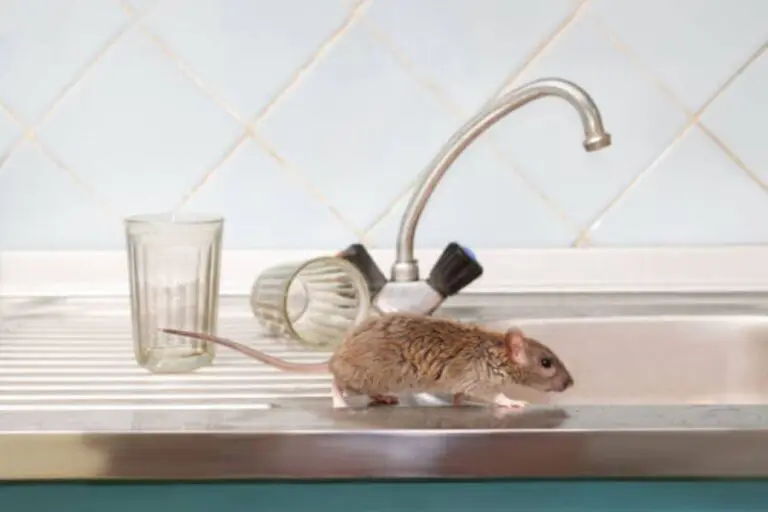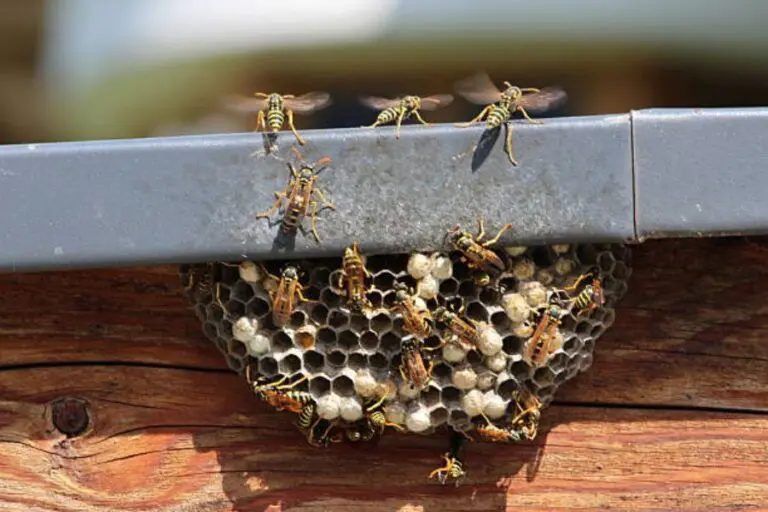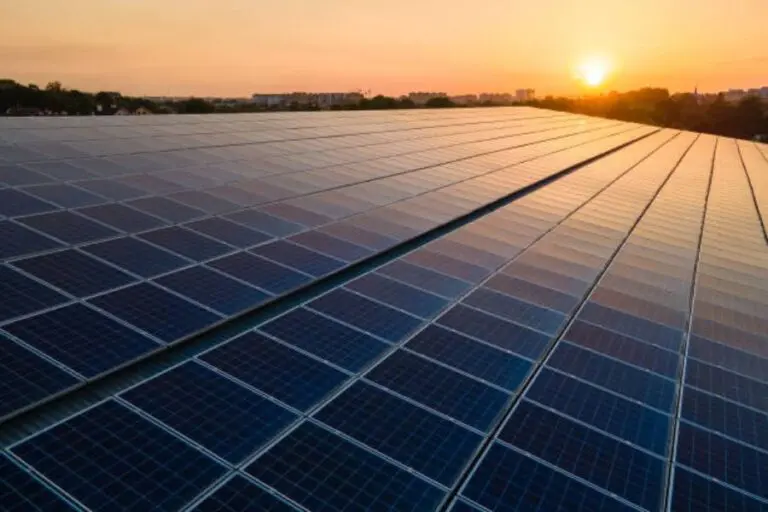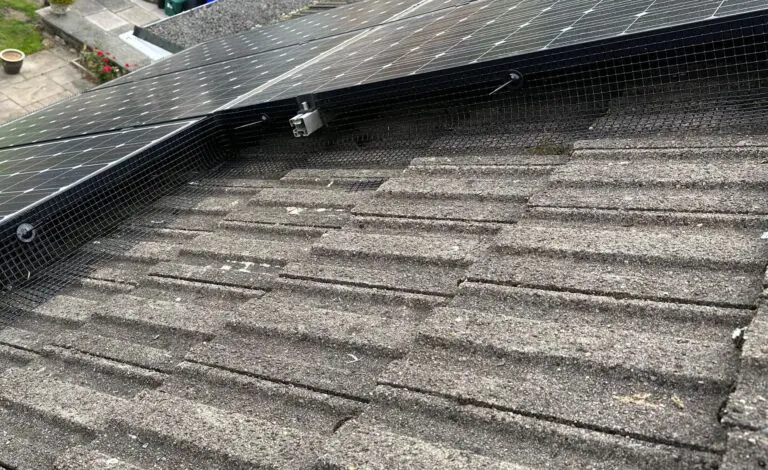Solar Panels & Bird Guano: Important Information
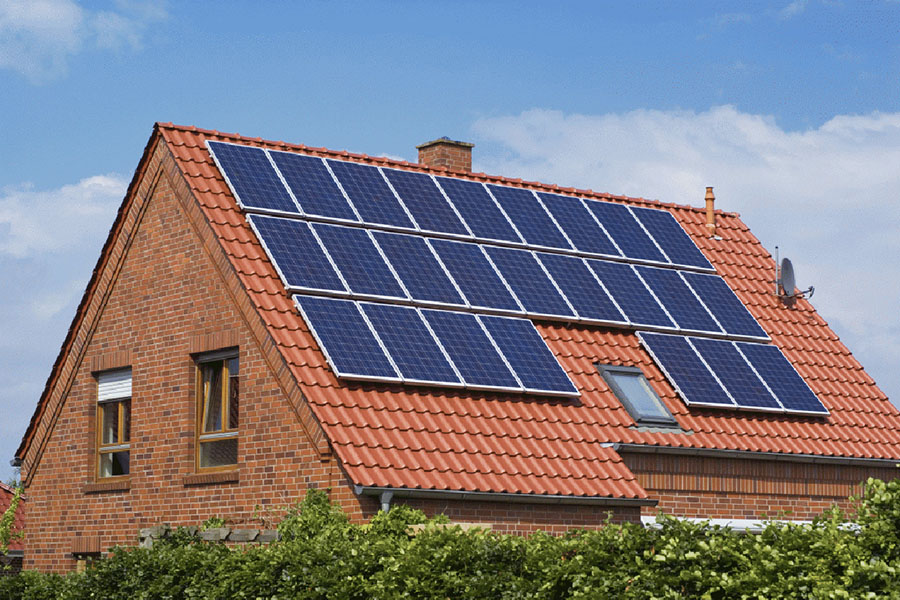
Unmasking the Impact of Bird Guano, Nesting, and Debris on Solar Panel Performance
Solar panels have proven themselves as a robust and sustainable solution in the quest for clean, renewable energy. They significantly reduce carbon emissions and contribute to a healthier environment. Yet, even the most advanced technology is not immune to the effects of the natural world, particularly regarding wildlife. Birds, for instance, may appear to be harmless visitors. Still, the reality is that their nesting habits, droppings, and accumulated debris can severely compromise the efficiency, safety, and longevity of solar panels.
This comprehensive guide explores how bird guano and nesting materials can affect solar panel performance, the health and safety concerns associated with these issues, and practical methods to mitigate the impact on your solar energy system. Dive into the interplay between solar panels and our feathered friends to understand how to keep your energy source working optimally and sustainably.

How Does Bird Guano Affect Solar Panels?
Bird guano, known as bird droppings, is more than an eyesore for solar panels. Composed of organic matter, uric acid, and other substances, bird guano creates a multi-faceted set of challenges that can significantly compromise solar panel performance.
Physical Obstruction of Sunlight
One of the primary impacts of bird guano on solar panels is the physical barrier it creates on the panel surface. This layer of droppings obstructs sunlight from reaching the photovoltaic cells below, essential for converting sunlight into electricity. The reduced exposure to sunlight diminishes the panel’s capacity to produce energy. Even small amounts of droppings can impact a panel’s efficiency, but more significant accumulations can drastically cut energy output by creating an uneven “shadow” effect. This “shading” on the panel surface blocks crucial sunlight, producing less energy and lower overall efficiency.
Chemical Effects on Panel Surfaces
Beyond physically blocking sunlight, bird guano’s chemical makeup poses additional risks. Uric acid is highly acidic, giving bird droppings distinct white colouration. When guano sits on a panel’s surface, this acid can erode protective coatings over time, potentially resulting in micro cracks and deterioration of the photovoltaic cells’ structure. These effects can lead to “hot spots” on the panel, where trapped heat exacerbates the damage, reducing the panel’s lifespan and possibly necessitating costly repairs or replacement.
Increased Maintenance Demands and Hygiene Issues
Bird guano creates frequent maintenance demands, requiring specialised cleaning techniques to avoid further damaging the panels. The process involves gently removing the droppings with a soft brush or cloth and then using a mild detergent to clean the surface. Maintenance personnel must also be cautious, as guano attracts pests and insects, creating a challenging, unhygienic environment. Protective equipment, such as gloves and masks, may be required to prevent health risks to the cleaners, making upkeep more complex and labour-intensive.
Health Risks of Bird Guano
Bird droppings don’t just pose a risk to solar panels—they also have potential health implications for humans and animals alike. Here are some of the notable health risks associated with bird guano:
Respiratory Problems
When bird guano dries, it can crumble into fine particles that become airborne, especially during cleaning or disturbances. Inhaling these particles may aggravate respiratory conditions like asthma or cause allergic reactions. This makes bird guano an environmental hazard and a health risk, especially for individuals with pre-existing respiratory sensitivities.
Pathogens and Disease Transmission
Bird droppings can carry bacteria, viruses, and fungi that pose serious health risks. Histoplasmosis, a fungal infection associated with bird guano, can cause flu-like symptoms and respiratory distress. Cryptococcosis, another fungal infection linked to droppings, primarily affects the lungs and can lead to severe illness, especially in individuals with compromised immune systems.
Impact on Wildlife and Ecosystems
Wildlife and domestic animals that come into contact with contaminated bird guano may also be at risk of contracting diseases from pathogens. In addition, excessive guano build-up can alter nutrient levels in soil and water, affecting local ecosystems by introducing imbalances that may disrupt wildlife populations.
Effects of Nesting Materials and Debris on Solar Panel Efficiency
While bird guano directly affects the efficiency of solar panels, nesting materials and debris pose an indirect yet equally significant threat to solar panel performance. Bird nesting behaviour often leads to the accumulation of twigs, leaves, feathers, and other natural materials on and around solar panels. Here’s how these materials can impact solar efficiency:
Physical Obstruction
Like the shading caused by guano, nesting materials obstruct sunlight from reaching photovoltaic cells. Birds build nests using various materials, including sticks, leaves, and even artificial objects, which can create a physical barrier. As more materials gather on the panels, they cast shadows that impede the direct absorption of sunlight, resulting in diminished energy production.
Decreased Efficiency and Energy Output
As layers of debris obstruct sunlight, the efficiency of the panels drops. The system may produce less energy than expected, affecting the overall output of your solar setup. For large-scale solar installations, this loss of energy production can have a considerable financial impact, reducing the return on investment for the solar energy system.
Microclimates and Temperature Effects
Nesting materials and debris can create pockets of trapped moisture on the panel’s surface. When moisture accumulates, it promotes rust and corrosion over time, degrading the panel’s protective coatings. The retained moisture and temperature fluctuations also contribute to developing micro cracks in the panel, weakening its structural integrity. Over time, this results in a reduced lifespan for the solar panels.
Fire Hazards and Safety Concerns
Dry leaves, twigs, and other combustible materials left by birds pose a fire risk, particularly in high-temperature settings or when exposed to electrical faults. If debris ignites, it could damage the panels and surrounding property. Nesting materials may also attract pests or insects, creating potential safety risks for maintenance personnel.
Preventing Bird Nesting and Guano Accumulation on Solar Panels
Fortunately, several preventive measures can be implemented to mitigate the impact of birds on solar panels. Taking proactive steps to deter nesting and minimise guano accumulation can enhance the longevity and efficiency of your solar energy system. Here are effective strategies for bird-proofing your solar panels:
Bird Deterrents
Physical deterrents such as spikes, netting, and wire mesh can be installed around the perimeter of the panels to prevent birds from accessing the underside. These solutions deter birds without causing harm and are an effective way to keep birds away from the sensitive areas of the solar installation.
Seal Gaps and Access Points
Blocking gaps beneath solar panels where birds may nest can prevent them from settling in these spaces. Ensuring that eaves, roofing gaps, and other potential nesting areas are sealed will further reduce the likelihood of birds finding safe spaces to nest.
Trim Nearby Trees and Foliage
Birds often use nearby trees as a launching point to access solar panels. Regularly trimming these branches reduces access and discourages birds from viewing your panels as a potential nesting site.
Visual Deterrents
Visual deterrents, such as reflective tape, bird scare balloons, or holographic objects, can deter birds from approaching the panels. Birds are susceptible to movement and reflections, so these items help create a visual disturbance that keeps birds at a distance.
Use Scent-Based Repellents
Certain scents, such as citrus or mint, are unpleasant to birds. Applying these around your solar panels can be a natural way to discourage birds from nesting nearby without harming them.
Install Predator Decoys
Predator decoys, such as owl or hawk statues, can be strategically placed around the panels to deter birds from approaching. Birds instinctively avoid areas where they perceive threats, so these decoys can effectively keep birds at bay.
Common Bird Species That Pose Risks to Solar Panels
Certain bird species are more likely to cause damage to solar panels than others. Recognising which species may pose a threat can help implement specific deterrents to address the problem. Here are some birds commonly associated with nesting and debris accumulation on solar panels:
Pigeons
Pigeons are well-adapted to urban environments and frequently seek sheltered spaces for nesting, such as the area under solar panels. Their nesting materials and droppings can block airflow and reduce panel efficiency.
House Sparrows
House sparrows often build nests in various crevices, including under solar panels. Their nests can block ventilation, affecting the panels’ performance.
Starlings
European starlings form large colonies and often nest in sheltered spaces, which may include solar installations. Their nesting behaviour introduces significant amounts of debris that can obstruct energy production.
Seagulls and Swallows
Seagulls and swallows are known to build nests near solar panels in coastal areas, affecting ventilation and potentially increasing guano accumulation.
Seasonal and Weather Impact on Bird Nesting and Debris Accumulation
Bird nesting and debris build-up on solar panels are inconsistent year-round; they vary according to seasonal changes and weather conditions. Here’s a breakdown of how different seasons affect bird behaviour and nesting material accumulation on solar panels:
Spring and Summer
These seasons mark the peak of bird nesting. The warmer temperatures and longer daylight hours encourage birds to build nests and raise their young. During this period, birds actively gather nesting materials, which can accumulate on solar panels and affect their performance. Additionally, higher bird populations mean a greater chance of guano build-up on panel surfaces.
Fall and Winter
Bird activity decreases during fall and winter, with many species migrating to warmer climates. With fewer active birds, there is generally a lower risk of new nests forming or guano accumulation. However, seasonal weather events such as rain, snow, and wind can introduce leaves, branches, and other debris onto solar panels, potentially impacting energy production.
Regular maintenance throughout the year is essential for maintaining optimal solar panel performance. Checking for nests, debris, and guano build-up in the spring and summer, followed by seasonal cleaning, can help ensure that your solar panels remain efficient despite the challenges presented by birds and the changing seasons.
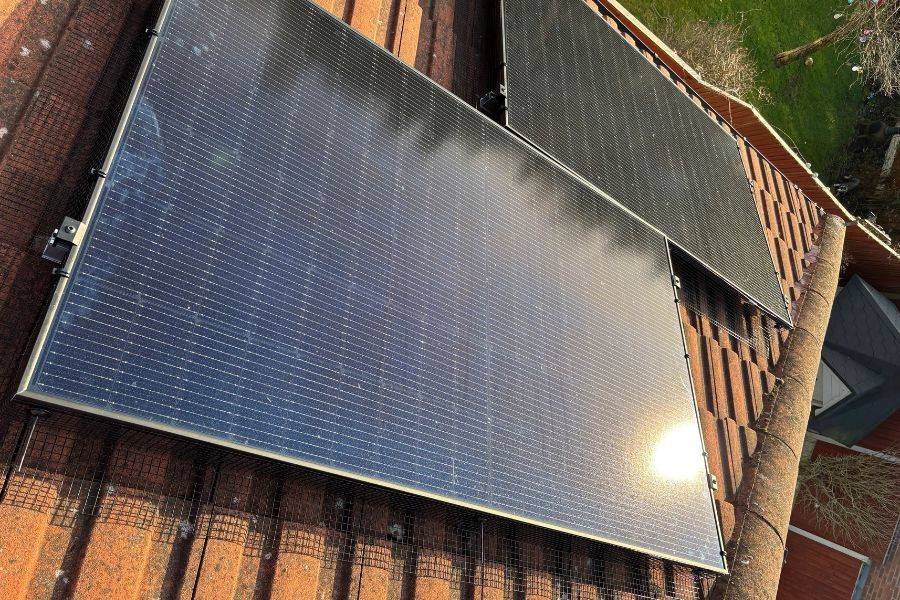
Conclusion: Balancing Renewable Energy and Nature’s Influence
Bird guano, nesting materials, and debris accumulation threaten solar panel performance. These issues can lower efficiency, create safety hazards, and contribute to material degradation. Recognising the potential impact of birds on solar installations and employing preventive measures—like bird deterrents, regular maintenance, and protective gear for cleaning—ensures that solar panels continue to operate at peak capacity.
By staying proactive, solar panel owners can embrace clean energy while mitigating the challenges of the natural world. Investing in preventive measures and understanding the interplay between birds and solar technology ensures that your solar panels remain efficient, safe, and ready to meet your energy needs year-round.
